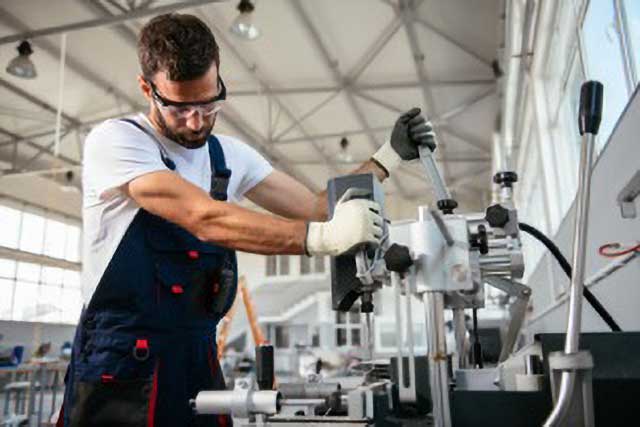
UK engineering companies are potentially missing out on over £10bn of research and development funding every year by failing to take advantage of the government’s R&D tax credit scheme, according to new research.
Professional services business MPA – which specialises in unlocking innovation – found that 21% of “innovation active” engineering firms are not using the scheme, which allows companies to claim back up to 33p for every £1 spent on R&D activity.
The research was published for last week’s Advanced Engineering show in Birmingham.

“Engineering companies in the UK are respected all over the world for their quality and innovation, but a worryingly low number of them are claiming the R&D funding they are entitled to,” said MPA’s senior technical analyst Nigel Urquhart.
“Our research has highlighted that more work needs to be done to raise awareness of the R&D Tax Credit scheme, as these companies could save themselves hundreds of thousands of pounds. This money could then be reinvested to fund further innovation, which would ensure UK engineering stays at the forefront of the industry,” he added.
On average, engineering companies invest £386,000 a year on R&D activity. MPA’s research shows that over one in five businesses in the industry are planning to spend over £1m on innovative projects in the next year.

But it estimates that over 100,000 firms said to be innovation active are not claiming money back as tax credit. As much as £10.2bn could therefore going unclaimed each year.
The research found that that reasons for not claiming the funding vary, but a common answer, given by 10% of engineers surveyed, is that they do not believe their companies are eligible.
However, MPA says that many engineering companies qualify without realising. For example, companies developing new processes to improve efficiency, quality or performance, overcome unplanned technical difficulties or create bespoke solutions for clients may be eligible.
Another barrier is a lack of awareness about the initiative. Nearly a quarter of those surveyed who are not claiming admitted that they did not know the scheme exists.

